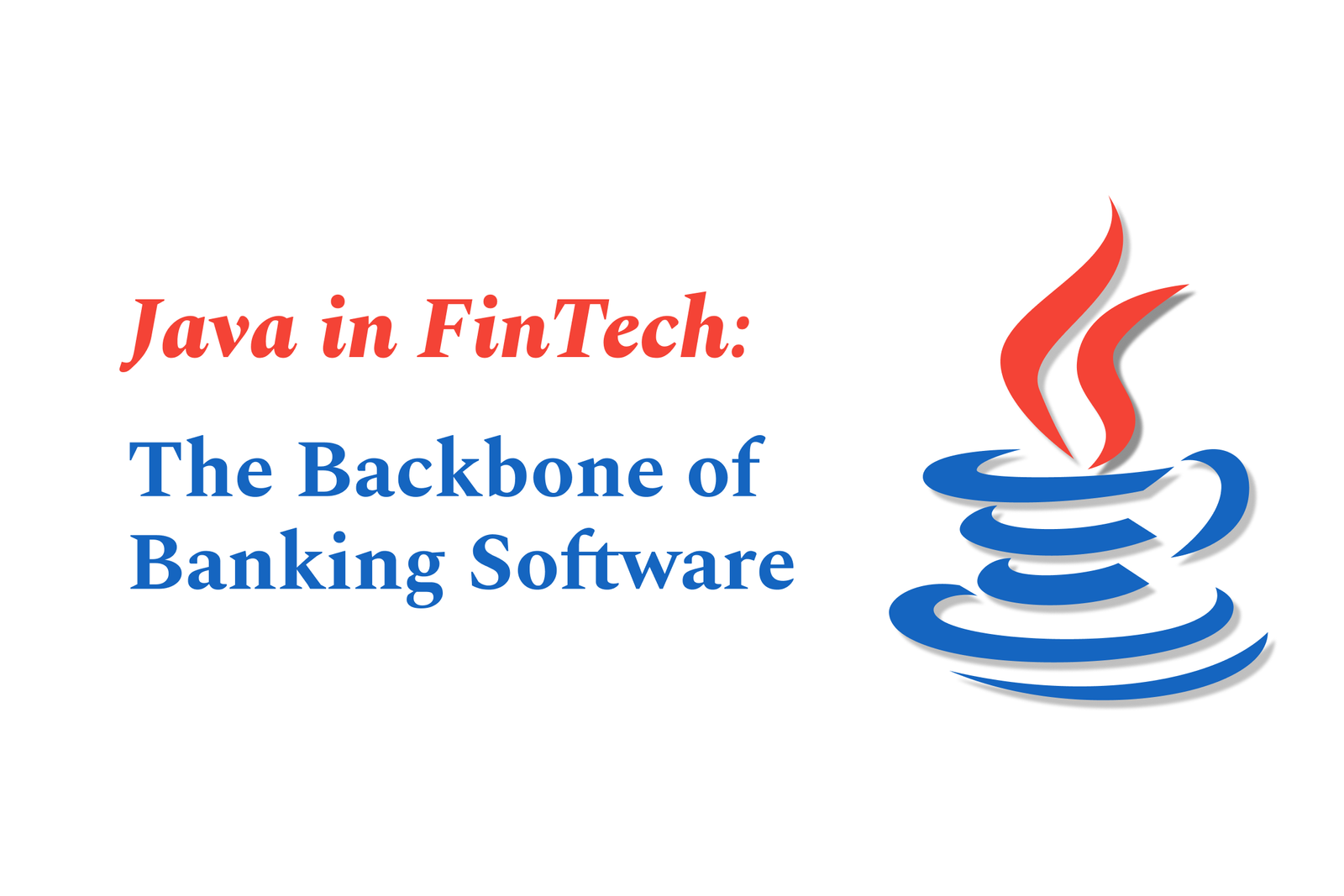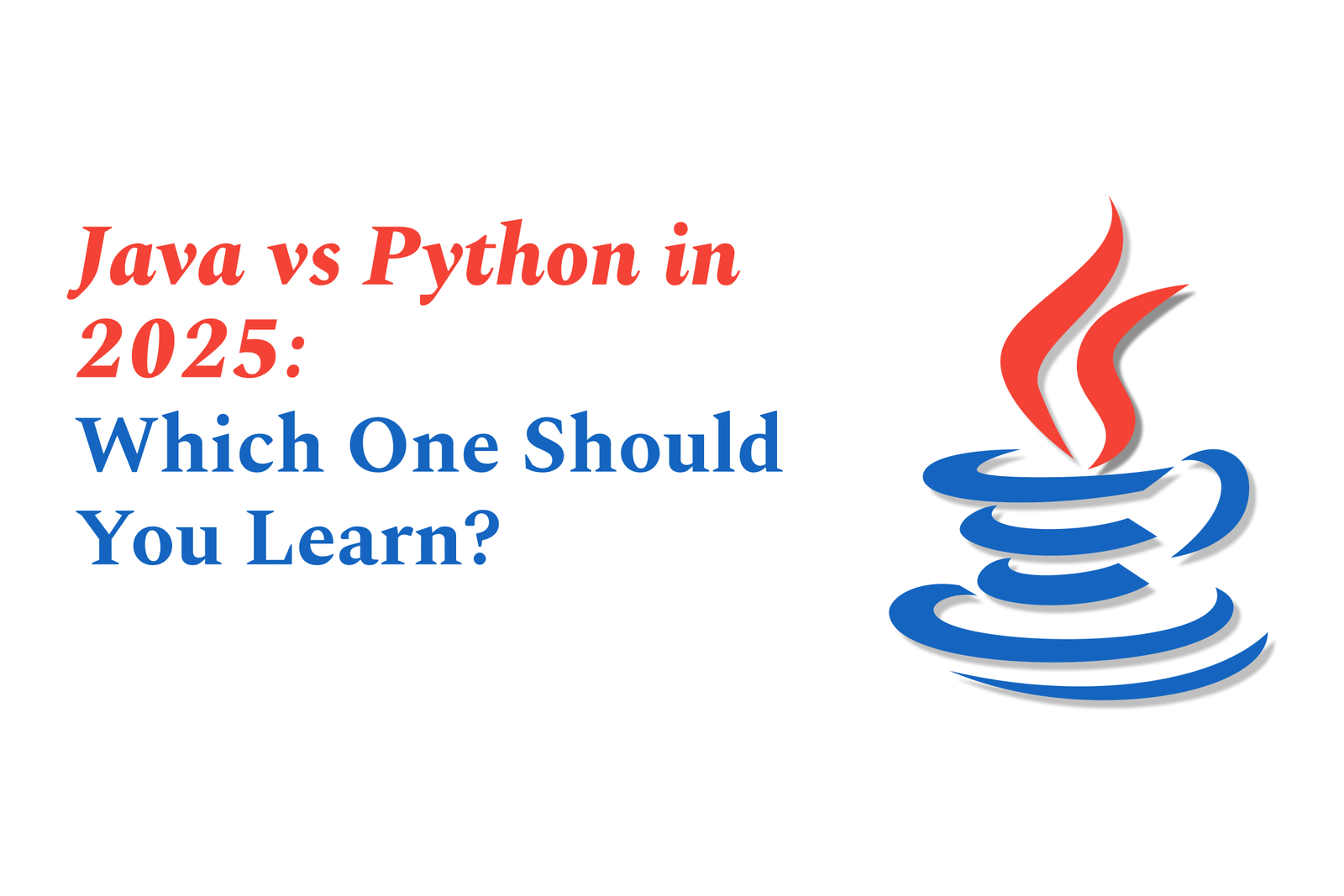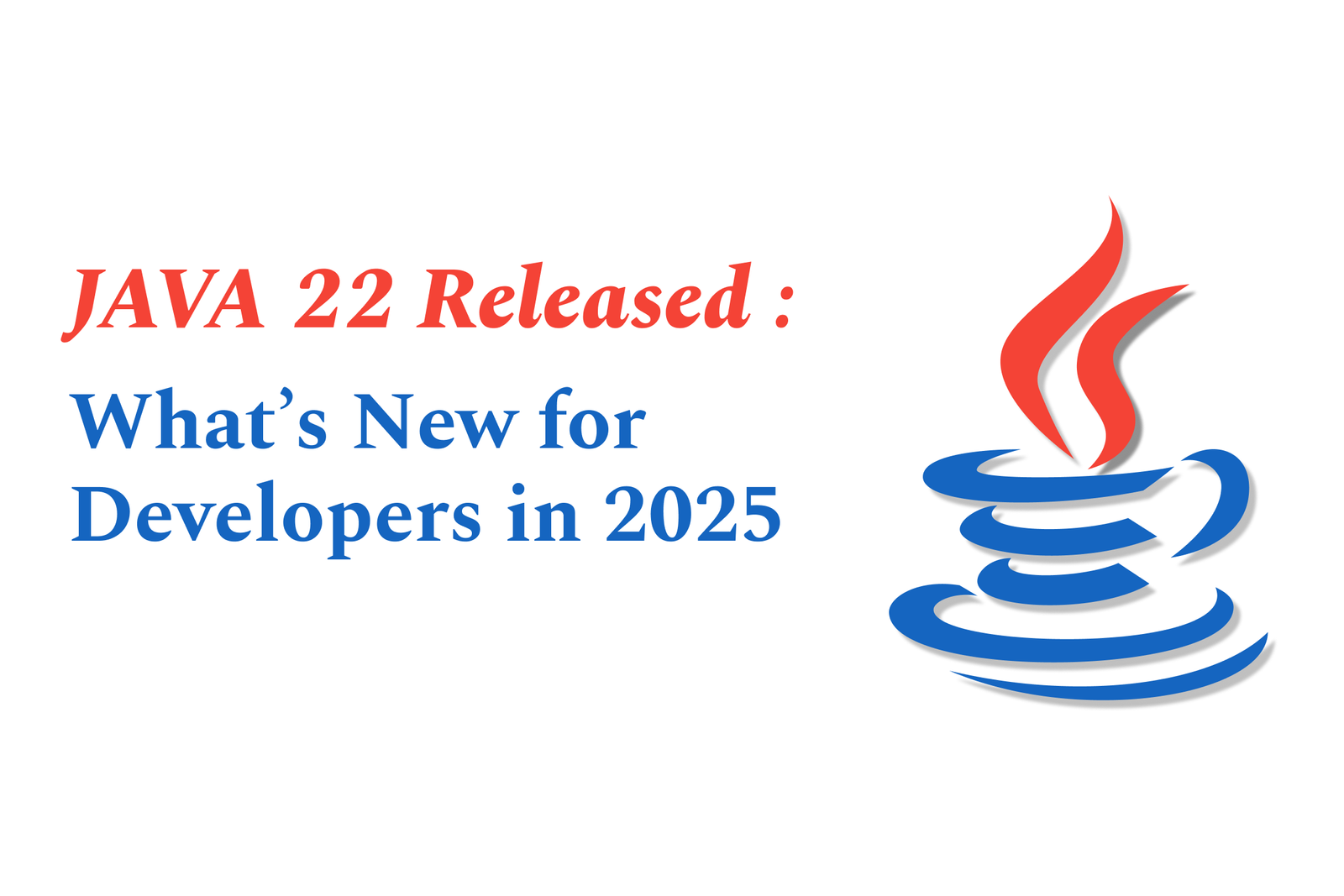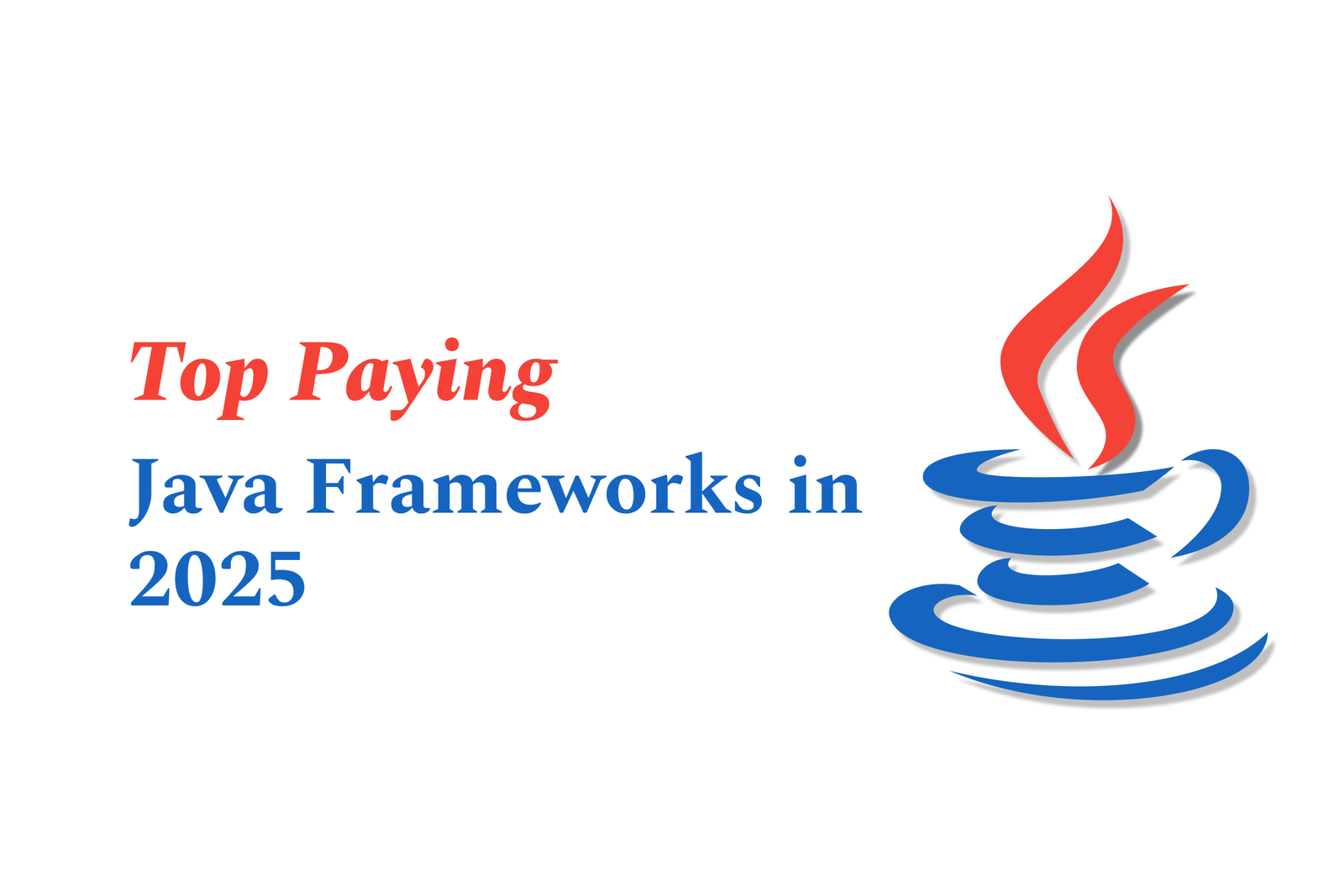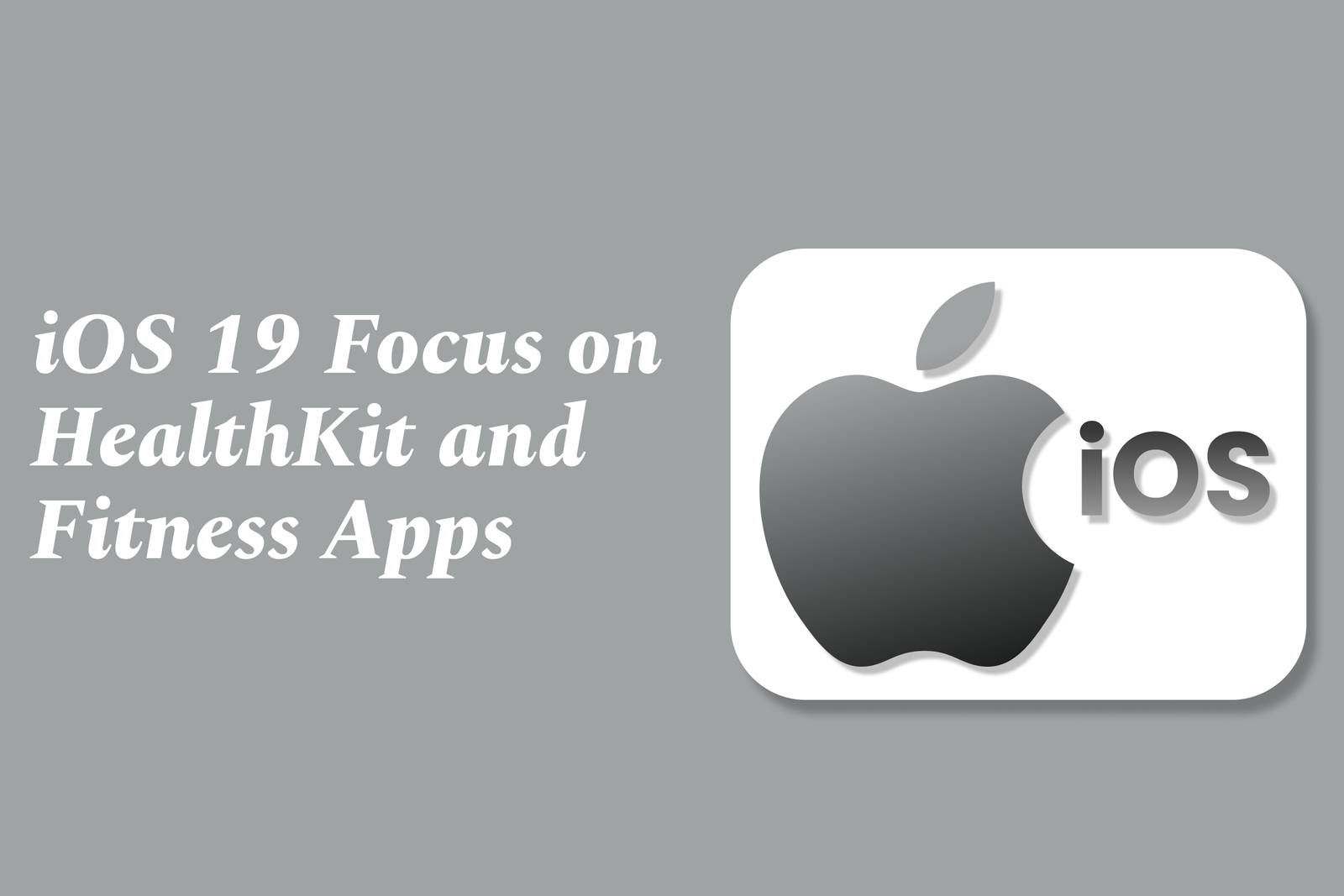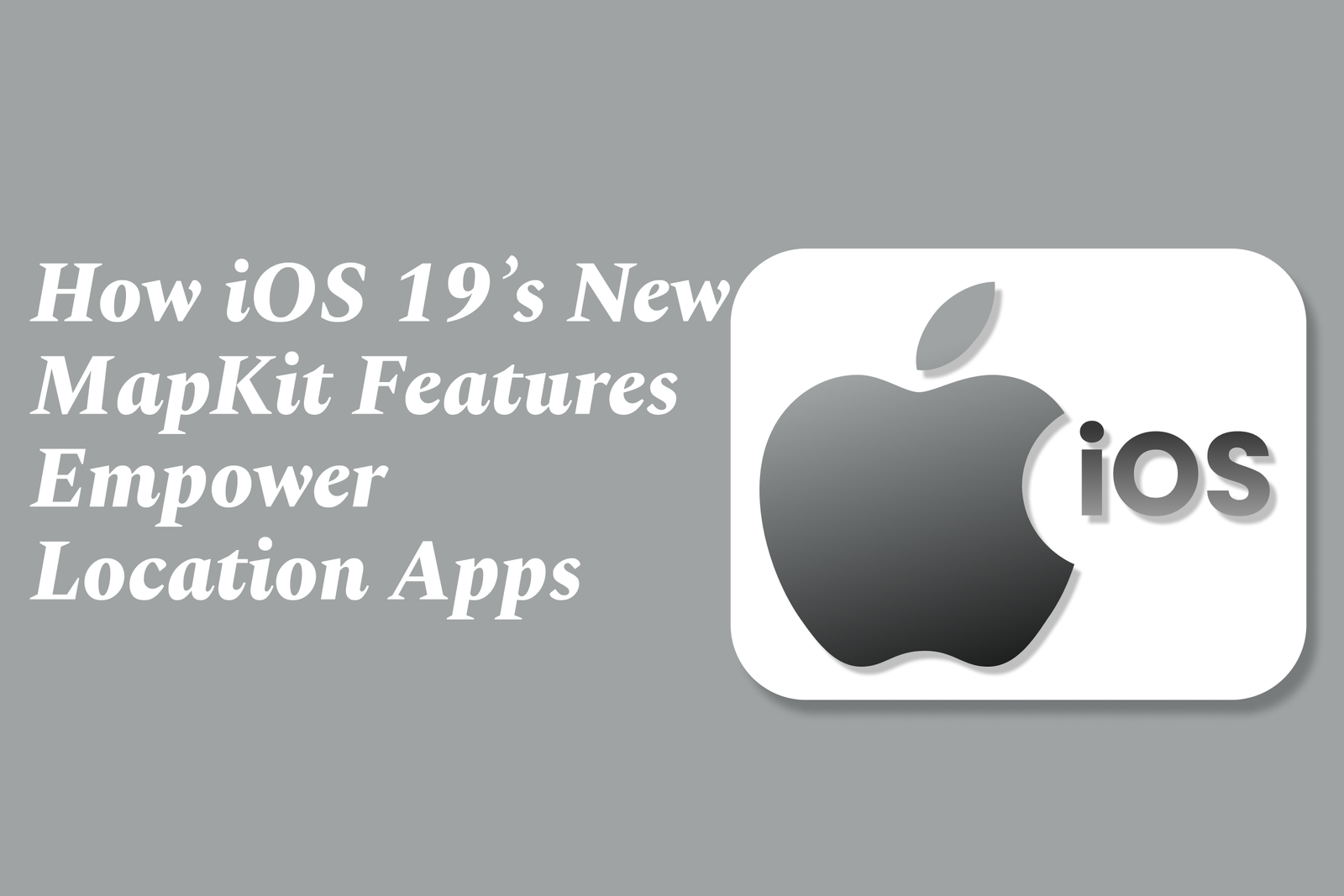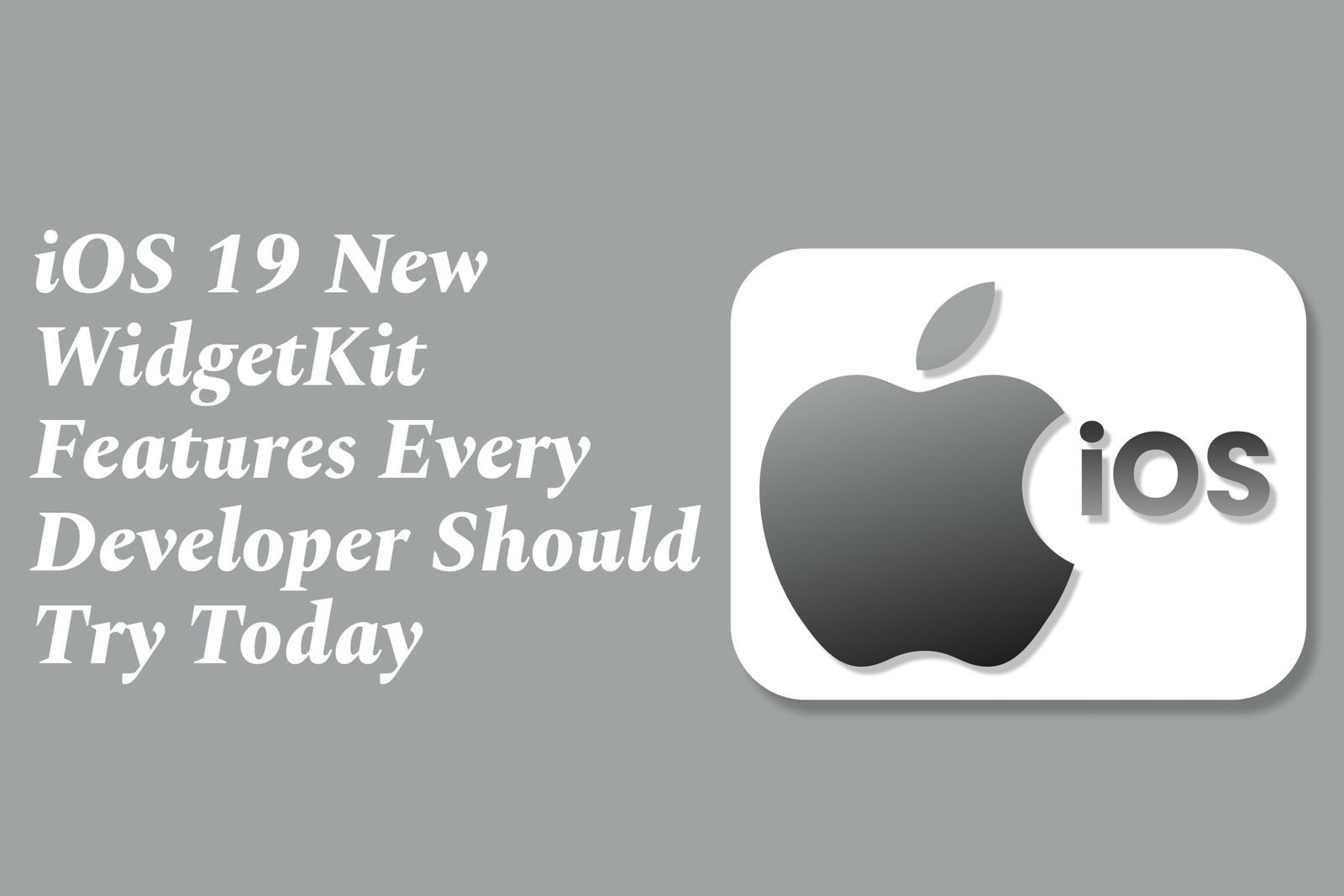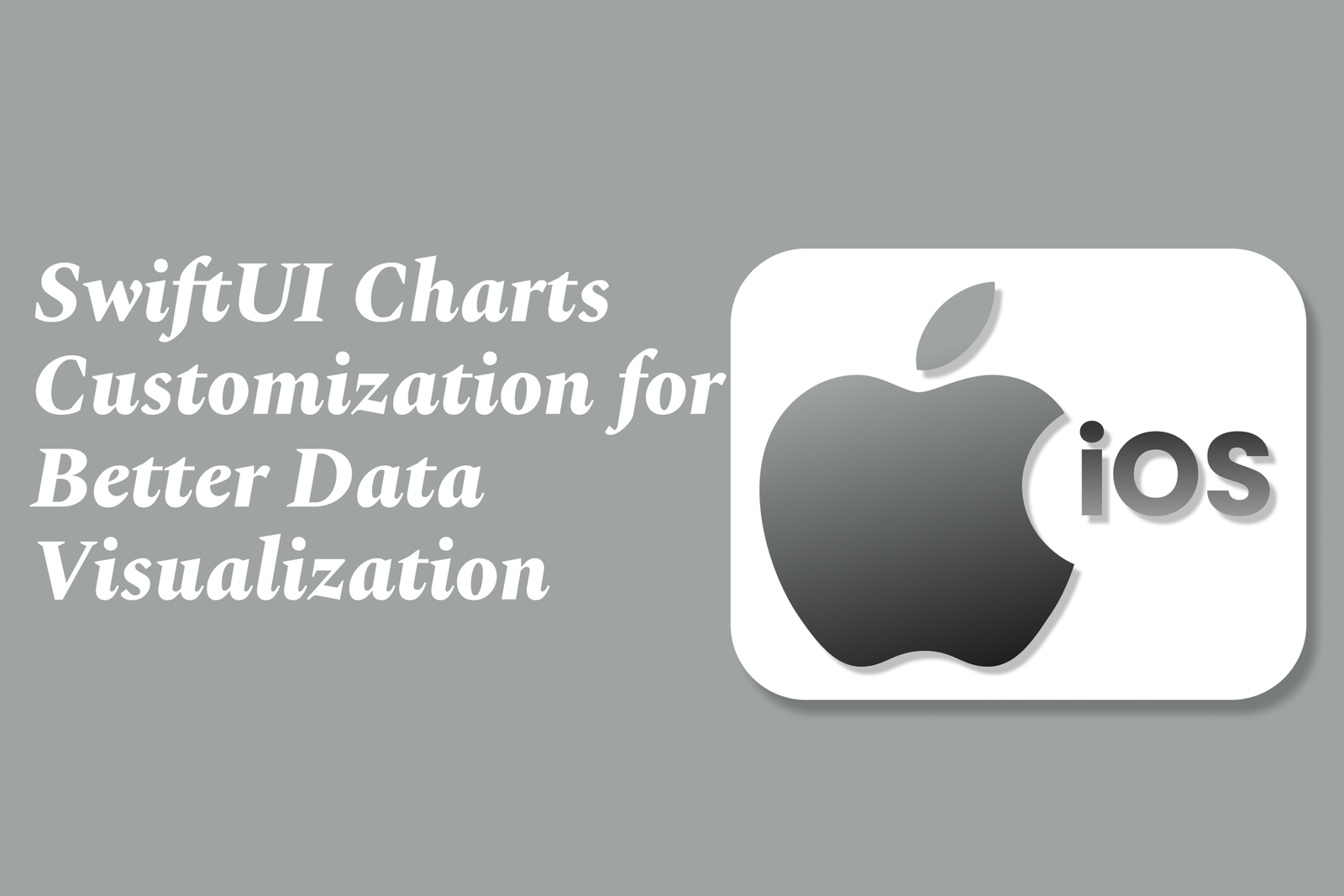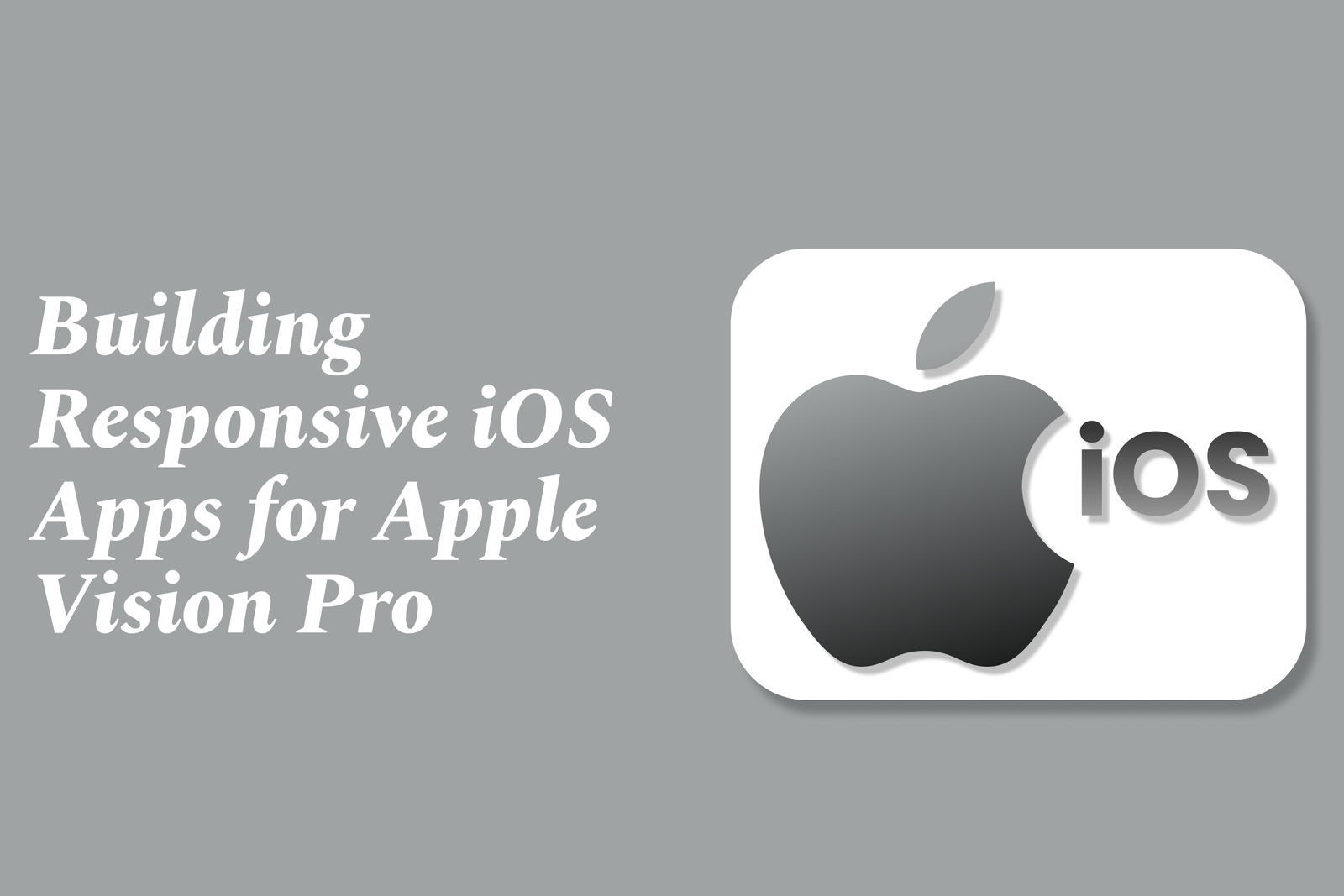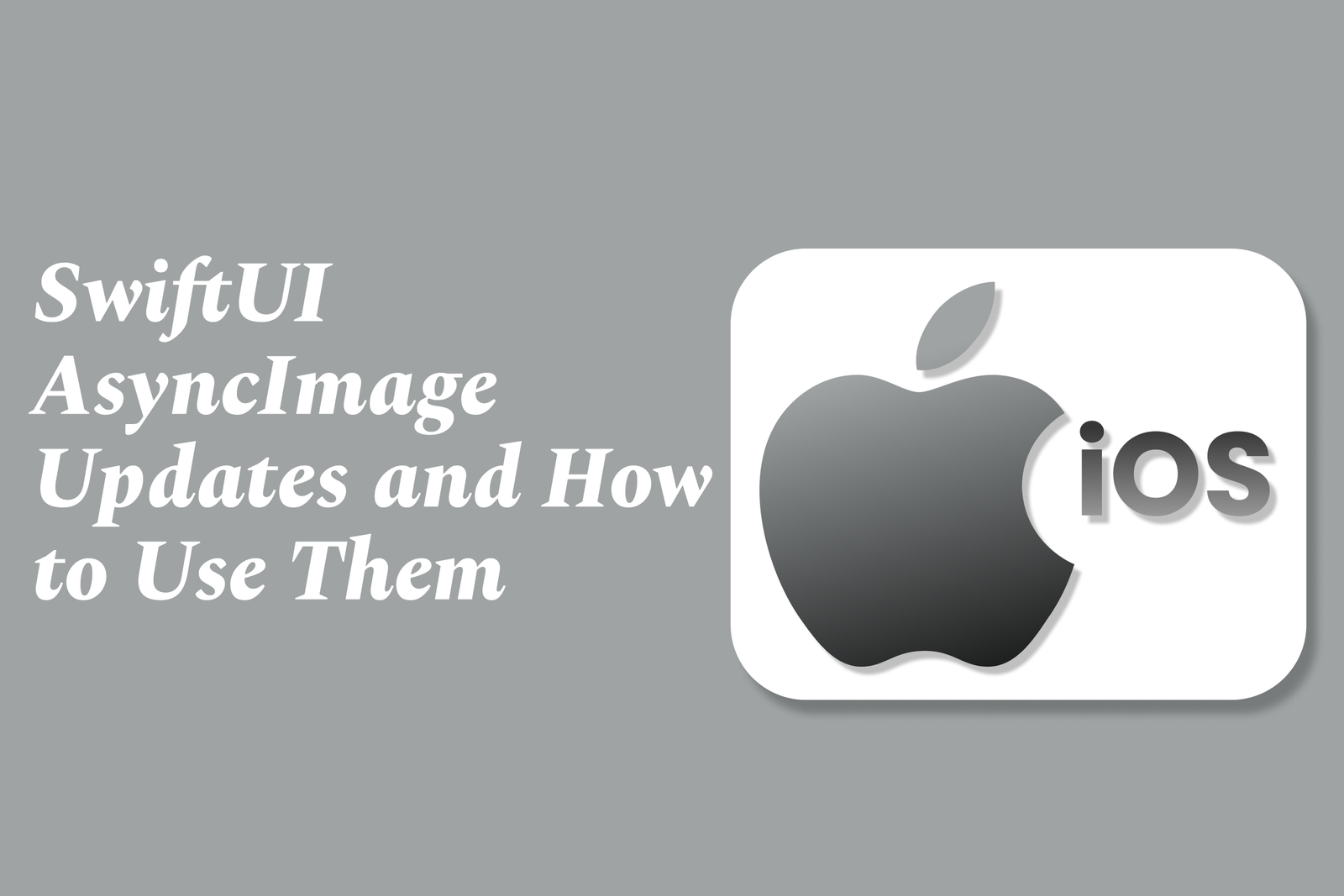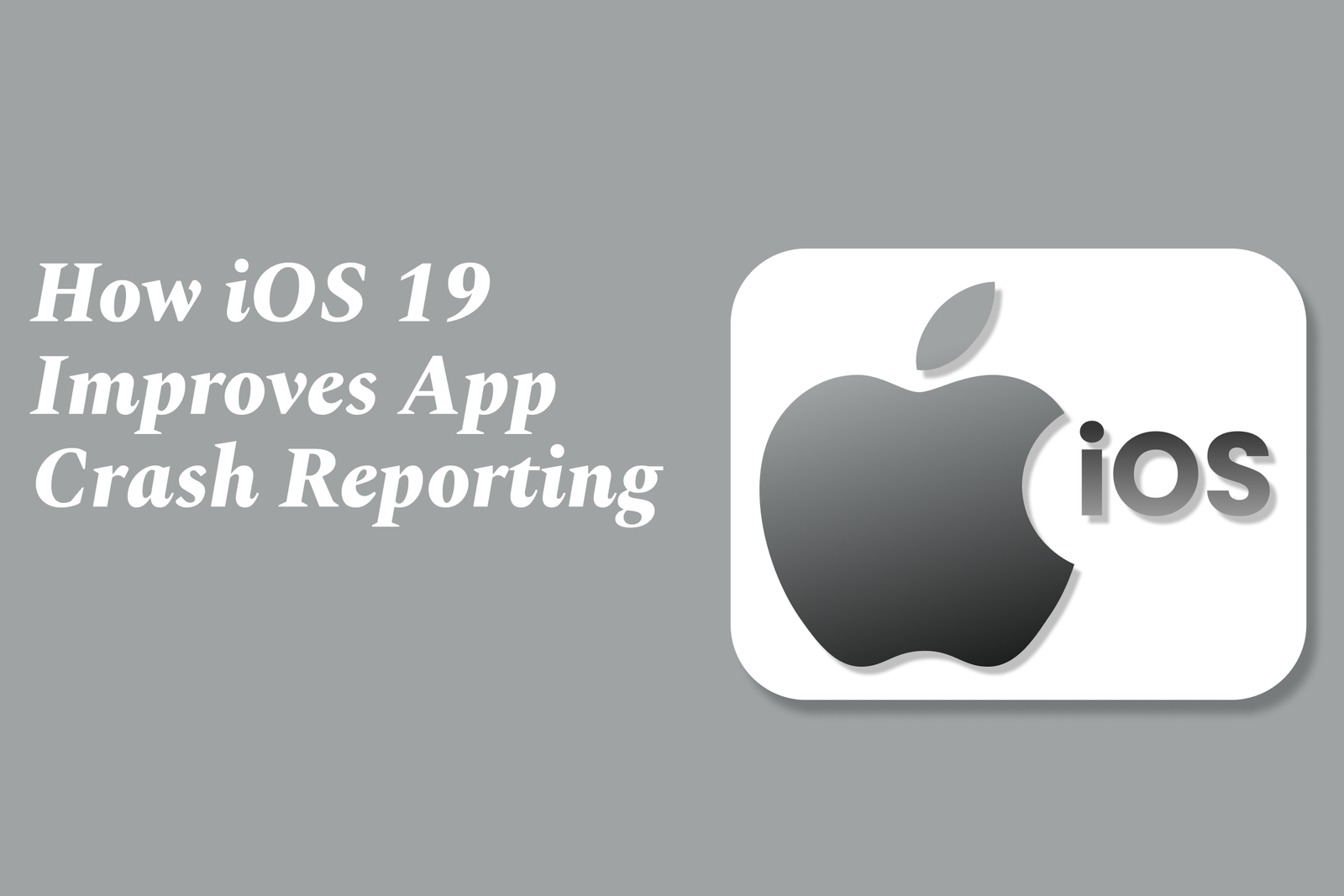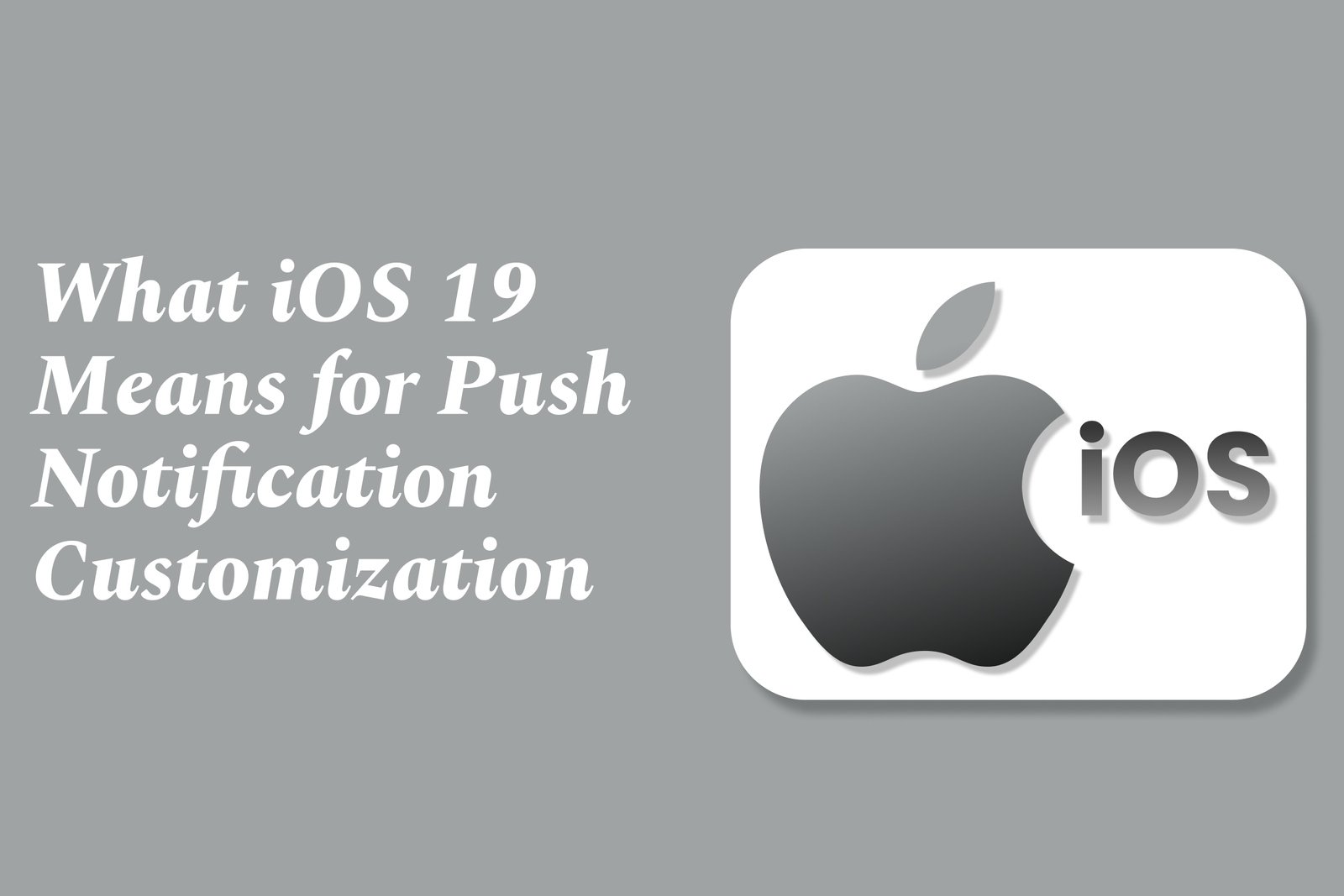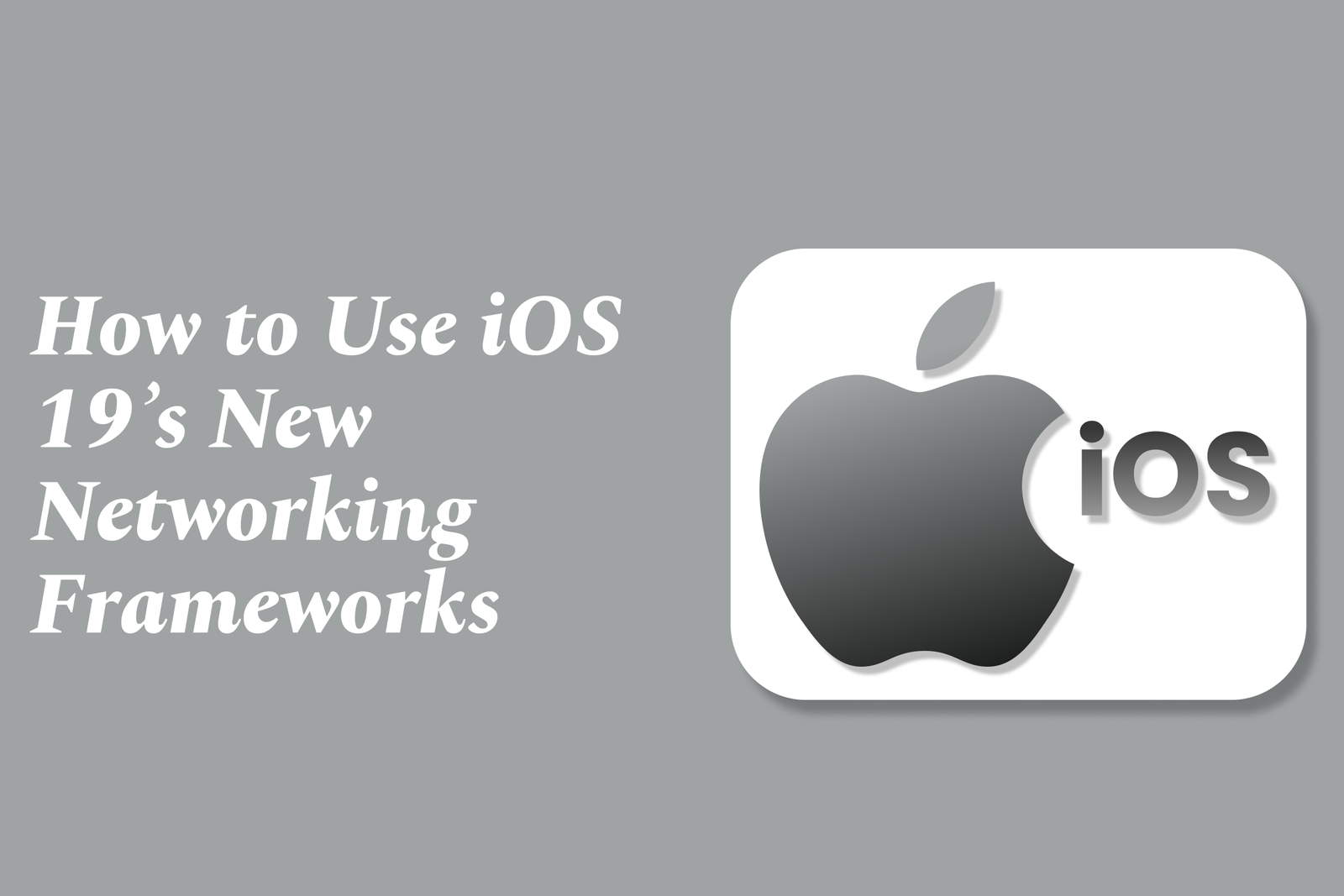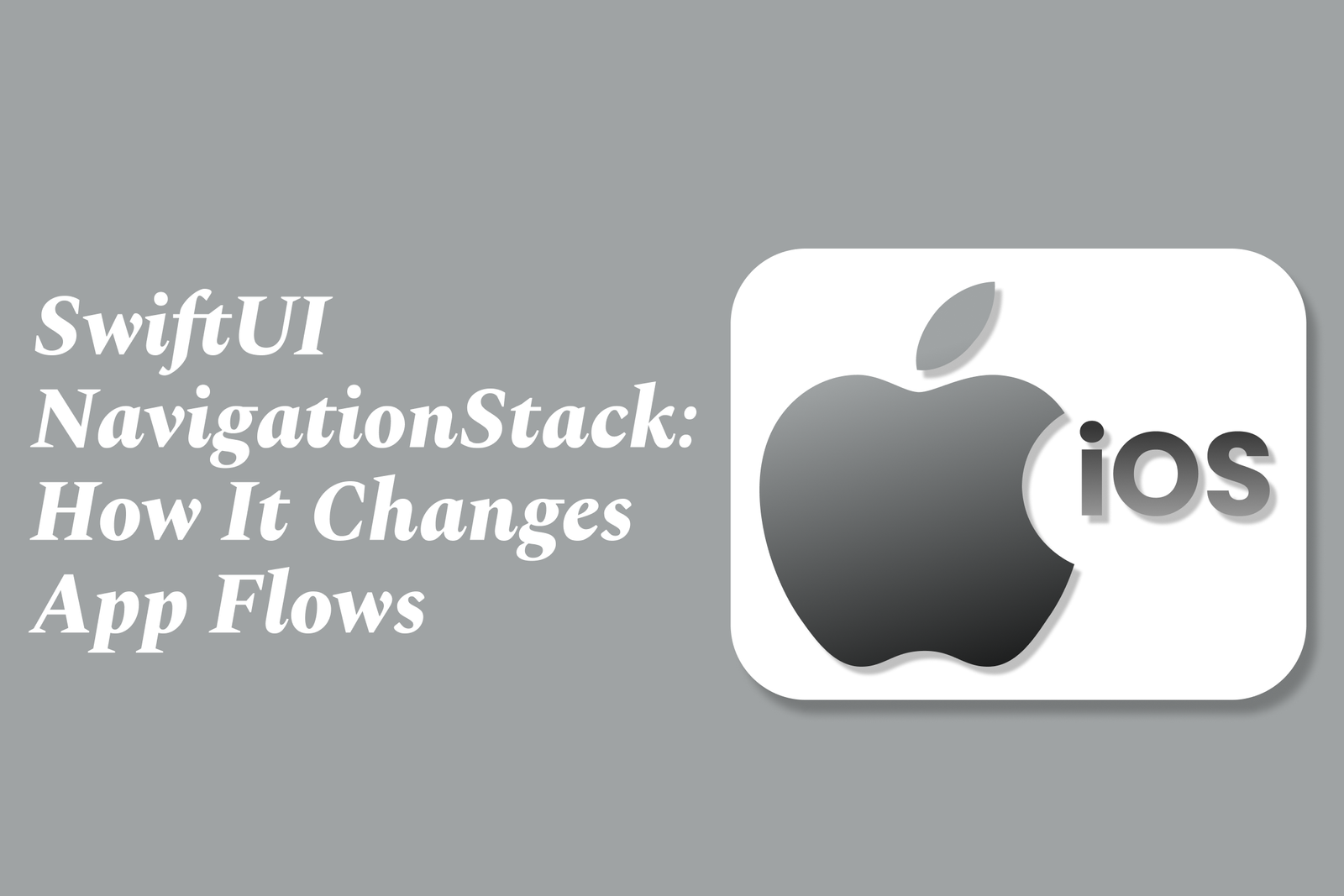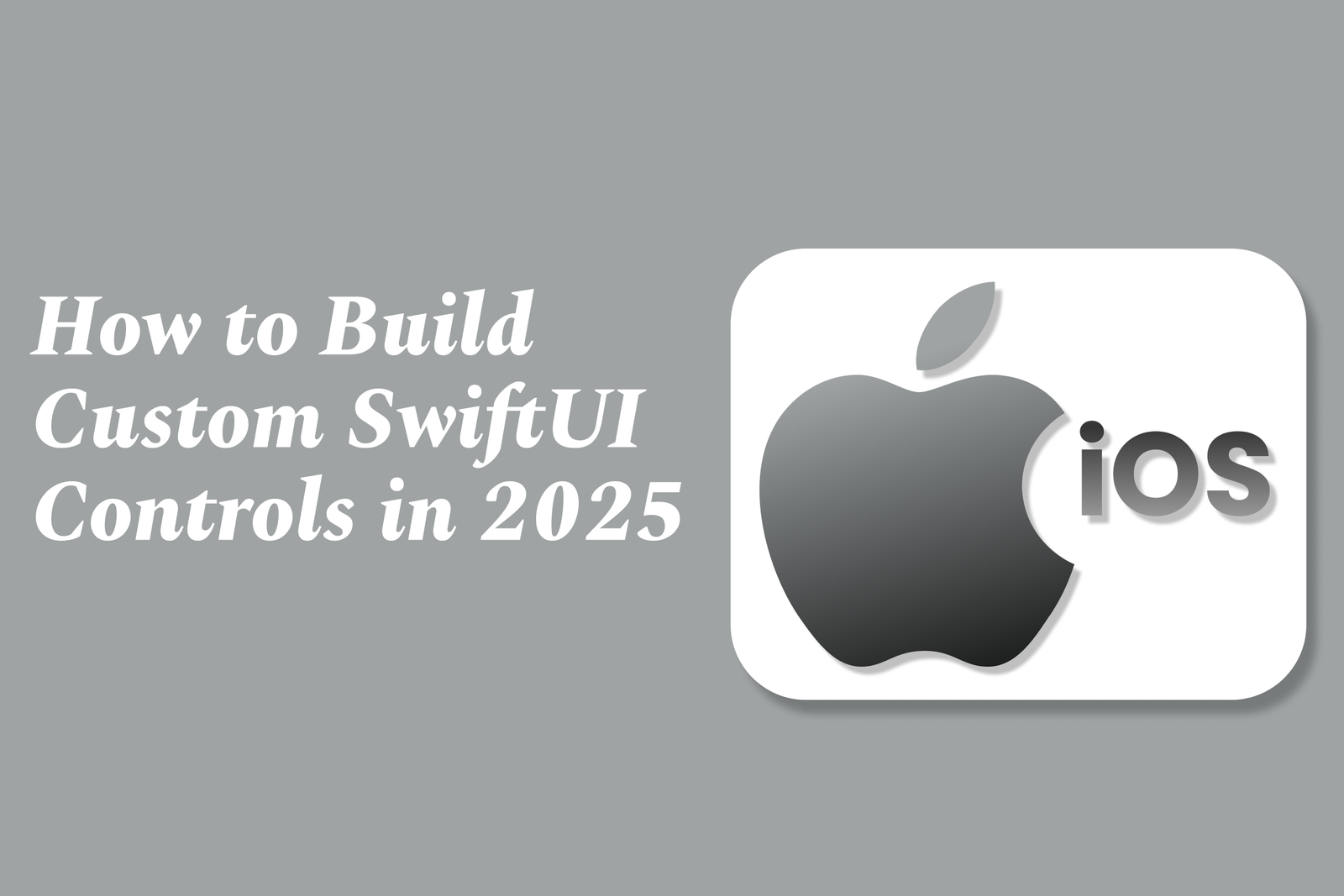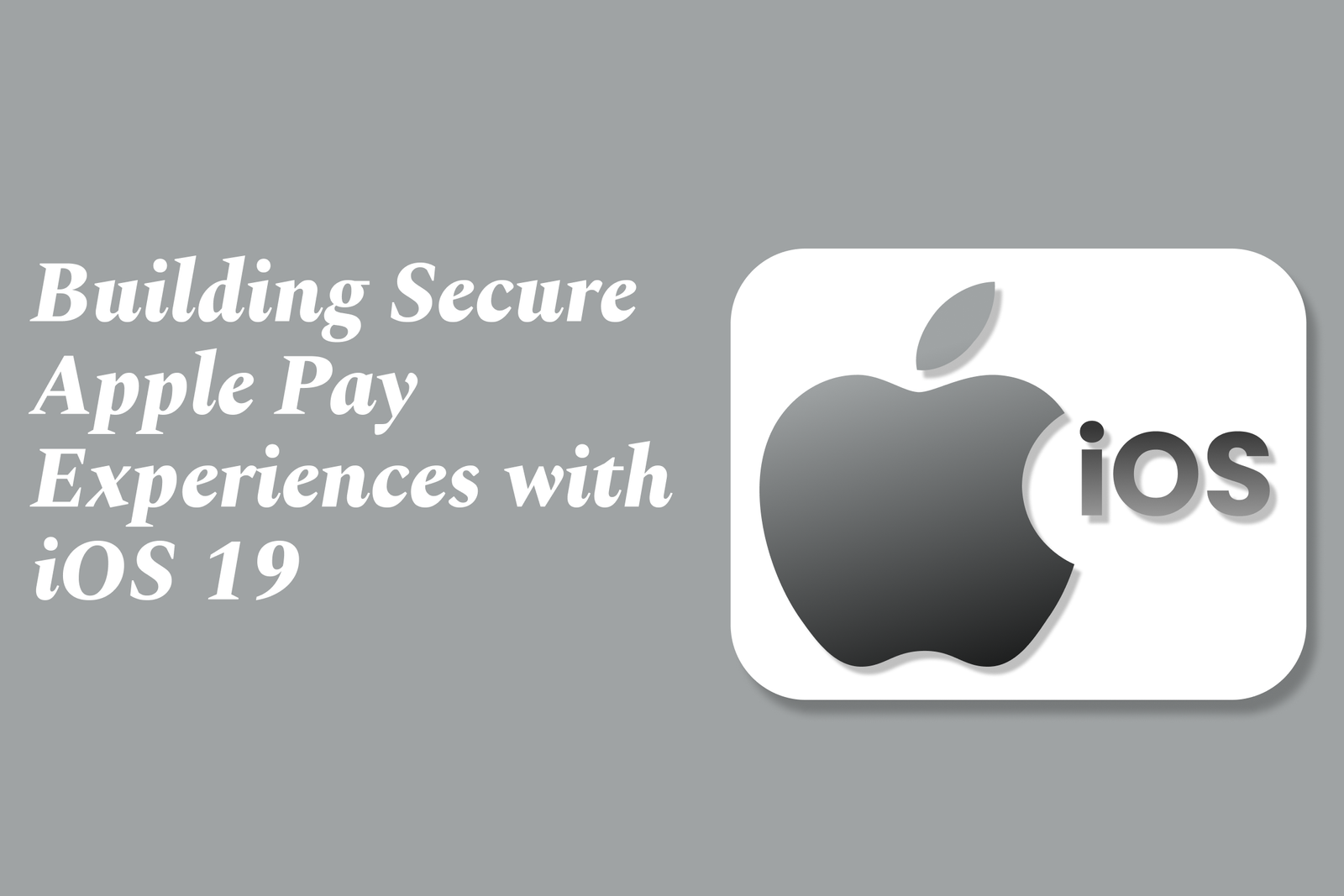Java in FinTech: The Backbone of Banking Software
Java is the backbone of banking software in FinTech, valued for its reliability, security, and cross-platform compatibility. It powers core financial systems, enabling secure, scalable, and efficient transaction processing essential for modern banking operations worldwide.
Learn MoreJava vs Python in 2025: Which One Should You Learn?
In 2025, Java and Python remain top programming languages with distinct strengths: Java excels in enterprise, mobile, and high-performance apps, while Python leads in AI, data science, and rapid development. Your choice depends on career goals and project needs.
Learn MoreJava Developer Roadmap 2025: What to Learn First
The Java Developer Roadmap 2025 outlines essential skills and technologies to learn first, focusing on core Java, Git, Linux, and fundamental data structures. It guides beginners to build a strong foundation for a successful career in modern Java development.
Learn MoreJava 22 released: what?s new for developers in 2025
Java 22, released for 2025, brings major enhancements in performance, security, and developer tools, featuring 12 new JEPs. It advances Java’s language and runtime, empowering developers to build faster, scalable, and modern applications while embracing cloud, AI, and cutting-edge tech.
Learn MoreTop Paying Java Frameworks In 2025
Top paying Java frameworks in 2025, like Spring, Hibernate, and Struts, streamline development by providing robust tools for web, enterprise, and database applications. Mastering these frameworks boosts efficiency, job prospects, and salary potential in the competitive Java ecosystem.
Learn MoreJava Developers in High Demand across Indian IT Sector
Java developers are in high demand across the Indian IT sector due to the language’s widespread use in enterprise applications, fintech, and cloud services. Growing digital transformation and startup ecosystems drive strong job opportunities and competitive salaries nationwide.
Learn MoreiOS 19 focus on HealthKit and fitness apps
iOS 19 enhances HealthKit by supporting standardized medical data sharing (CDA/CCD), empowering users with better control over health records. It also boosts fitness app integration, enabling seamless tracking of workouts like strength training for a holistic health experience.
Learn MoreHow IOS 19?S New MapKit Features Empower Location Apps
iOS 19’s new MapKit features empower location apps with enhanced SwiftUI integration, customizable markers, flexible camera controls, and improved user location tracking, enabling developers to create interactive, visually rich, and privacy-conscious map experiences effortlessly.
Learn MoreWhat iOS 19 means for augmented reality developers
iOS 19 enhances augmented reality development by offering deeper access to device sensors and cameras, enabling richer WebAR experiences without app downloads. This boosts accessibility, performance, and interactivity, empowering developers to create more immersive, widely accessible AR applications.
Learn MoreSwiftUI Charts Customization for Better Data Visualization
SwiftUI Charts customization enhances data visualization by allowing developers to tailor chart types, axes, colors, and markers for clearer, more engaging displays. This flexibility transforms raw data into intuitive, accessible insights directly within SwiftUI apps.
Learn MoreSwift Playgrounds: New lessons for iOS devs
Swift Playgrounds offers new interactive lessons for iOS developers, making it easier to learn Swift and SwiftUI through hands-on coding challenges. It enables users to build, test, and even publish real apps directly from iPad or Mac, bridging learning with practical development.
Learn MoreTop SwiftUI Design Trends for 2025
Top SwiftUI design trends for 2025 focus on immersive 3D elements, AI-driven adaptive interfaces, glassmorphism, seamless cross-platform consistency, enhanced animations, and minimalistic, accessible layouts, creating dynamic, personalized, and visually engaging user experiences.
Learn MoreiOS 19 Battery Usage APIs: monitor your app efficiently
iOS 19 introduces advanced Battery Usage APIs that help developers monitor and optimize their app’s energy consumption efficiently. These APIs provide detailed insights and tools to reduce battery drain, ensuring apps run smoothly while preserving device battery life.
Learn MoreBuilding responsive iOS apps for Apple Vision Pro
Building responsive iOS apps for Apple Vision Pro involves adapting your apps to visionOS’s spatial computing environment, ensuring seamless, intuitive interactions across devices by leveraging new UI frameworks and testing beta versions with tools like TestFlight for optimal performance.
Learn MoreSwiftUI asyncImage updates and how to use them
SwiftUI’s AsyncImage simplifies loading remote images asynchronously, offering built-in support for placeholders, error handling, and scaling. Its recent updates enhance customization and state management, enabling smoother UI updates and better control over image loading and display.
Learn MoreHow iOS 19 Improves App Crash Reporting
iOS 19 enhances app crash reporting by improving symbolication through automated upload and management of debug symbols, including third-party frameworks, enabling more detailed and readable crash reports for faster, accurate issue diagnosis and resolution.
Learn MoreWhat iOS 19 Means for Push Notification Customization
iOS 19 revolutionizes push notification customization by enabling richer media, interactive elements, and dynamic content updates, giving developers greater control to create engaging, personalized notifications while enhancing user privacy and control over their notification experience.
Learn MoreHow To Use IOS 19?S New Networking Frameworks
iOS 19 introduces enhanced Networking Frameworks that simplify building secure, efficient TCP/UDP connections for client-server apps. These APIs provide better control, streamlined connection handling, and improved performance, making network communication easier and more reliable.
Learn MoreSwiftUI navigationStack: How it changes app flows
SwiftUI's NavigationStack introduces a modern, stack-based navigation system that simplifies managing complex and dynamic app flows. It offers clearer control over navigation state, enabling more flexible, programmatic, and deeply nested screen transitions compared to earlier NavigationView.
Learn MoreHow to build custom swiftui controls in 2025
Building custom SwiftUI controls in 2025 leverages the latest SwiftUI APIs, enhanced animations like matchedGeometryEffect, and modern design trends such as Liquid Glass. These tools enable developers to create dynamic, accessible, and visually engaging UI components with seamless cross-platform support.
Learn MoreBuilding Secure Apple Pay Experiences with iOS 19
Building secure Apple Pay experiences with iOS 19 leverages Apple's enhanced NFC & Secure Element platform, enabling developers to create safe, contactless payment and access solutions while ensuring user privacy and compliance through strict security protocols and authorized app access.
Learn More